Tendonitis: Causes, Symptoms and Treatment!
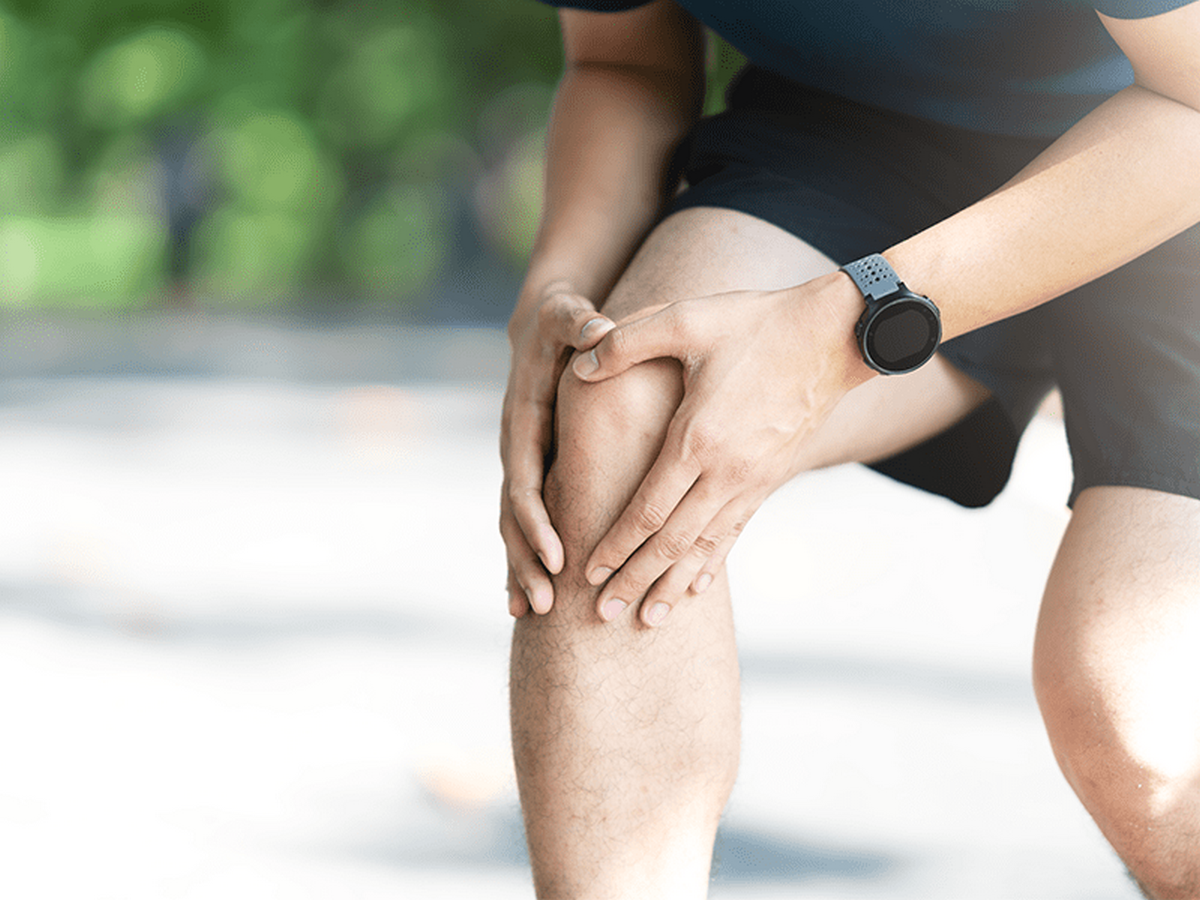
It is not a few times that we have experienced various pains in our muscles. Occasionally due to exercise and other times due to some intense work, muscular pain can make a visit, even we think we haven’t overdone it!
But when should we worry? How do we know if it is transient or if it is tendonitis?
Table of Contents
What is Tendonitis?
The tendons are hard, fibrous tissues that connect the muscles to the bones. When inflammation develops in them, they are irritated and the pain is almost daily, then we talk about tendonitis.
Tendonitis Symptoms
The pain here is different from that of exercise, as in exercise the pain appears later – up to two days later, without hindering training. On the contrary, in tendonitis, the pain is felt throughout the exercise and does not recede, and is mainly located around the joints, where the tendon is located.
In addition, there are often times when the pain persists for several days or even weeks despite any rest.
Causes of tendonitis
1. Repeated movement
One often wonders how such a problem arose when he did not do anything other than the usuals. But that might be the reason! Too often, it is the repetitive motions that trigger this condition.
So people who have been involved in a particular type of exercise for a long time e.g. swimming, golf, tennis or do professions such as painting, carpenter, welder etc. have an increased chance of irritating a tendon. They are therefore more prone to develop shoulder tendonitis, wrist tendonitis, elbow tendonitis and more.
2. Intense weightlifting
Tendonitis can often occur if we sharply lift more weight or burden a part of the body beyond normal. The accumulation of pressure in a particular area is capable of causing us trouble.
3. Other causes
Often, tendonitis can be linked to the presence of a disease such as rheumatoid arthritis, diabetes and obesity.
And what if it’s not tendonitis?
Many times tendonitis is confused with tendinosis. The symptoms are similar, but there is no inflammation here. On the contrary, the problem arises due to the degeneration of the collagen and the tendon structure. This can be diagnosed by a specialist who will recommend the appropriate treatment.
Tendonitis Treatment
Tendonitis should be treated as soon as possible so that the person can then recover easier. The first step is rest. Allow your muscles and tendons to rest for several days to weeks (1). So you will gradually see the pain disappear and your movement restored. However, do not go back to your old habits quickly and let your body fix the problem at its own rhythm.
Possibly a splint can help you immobilize the problematic area for a while. However, it is equally important to make simple, gentle movements to avoid a “frozen” joint.
Tendonitis: Hot or Cold?
Cold is a good option for the treatment of tendonitis (1). Apply ice patches for 20 minutes, three to four times a day. Cover the ice with a towel or cloth so it does not come into direct contact with the skin and irritate it.
Depending on the severity of the condition, the specialist who is following you may recommend non-steroidal anti-inflammatory drugs. There are also ultrasound treatments, friction massage, and hydrotherapy to improve the condition (1).
Bromelain
Bromelain is a plant enzyme with anti-inflammatory activity mainly found in pineapple. You will find it easily as a supplement as well as a basic ingredient in many anti-inflammatory formulas, helping the body reduce inflammation and thus pain.
MSM
MSM is an organic sulfur, found in many foods. It is often used in osteoarthritis and in connective tissue injuries, such as tendonitis, as it relieves the various symptoms, reducing inflammation.
It is one of the first choices for problems with tendons, and joints, as it helps in the synthesis of collagen and cartilage!
Other substances that help reduce inflammation are the valuable Omega 3 fatty acids, Boswellia (Indian incense), turmeric and more. In addition, if the symptoms are due to the degeneration of the collagen, you can get Vitamin C which is involved in its composition in the body. So enrich your diet with these substances and consult your nutritionist for a nutritional supplement.
When the acute phase is over, a physiotherapist will assist you in restoring and restoring your normal rhythms.
Find in Vita4you.gr a great variety in products for pain and inflammation!
Bibliography
Disclaimer
The content of this blogspot is not and can not be considered as medical advice, diagnosis or treatment. All information is provided to readers solely for informational purposes. There is no intention to substitute this content for personalized medical advice, diagnosis, prognosis or treatment.


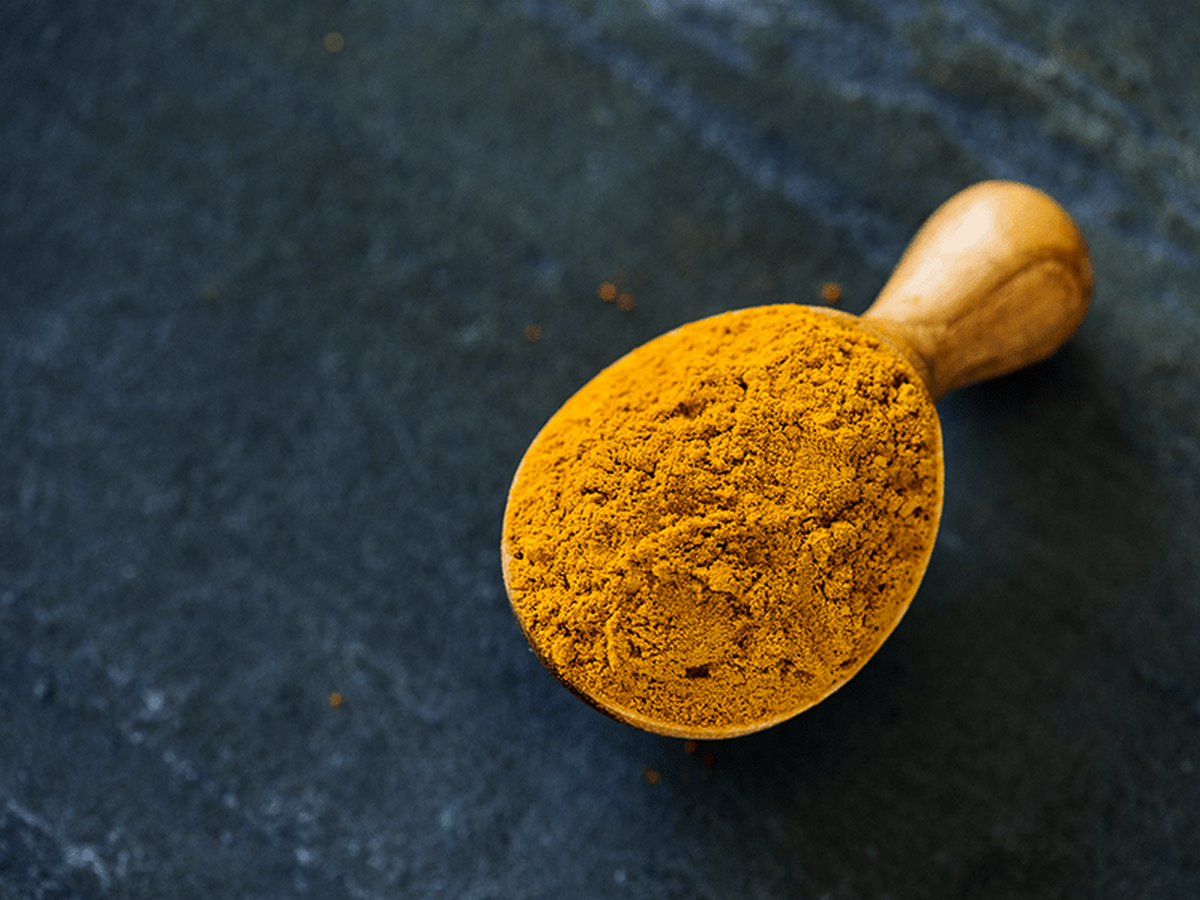
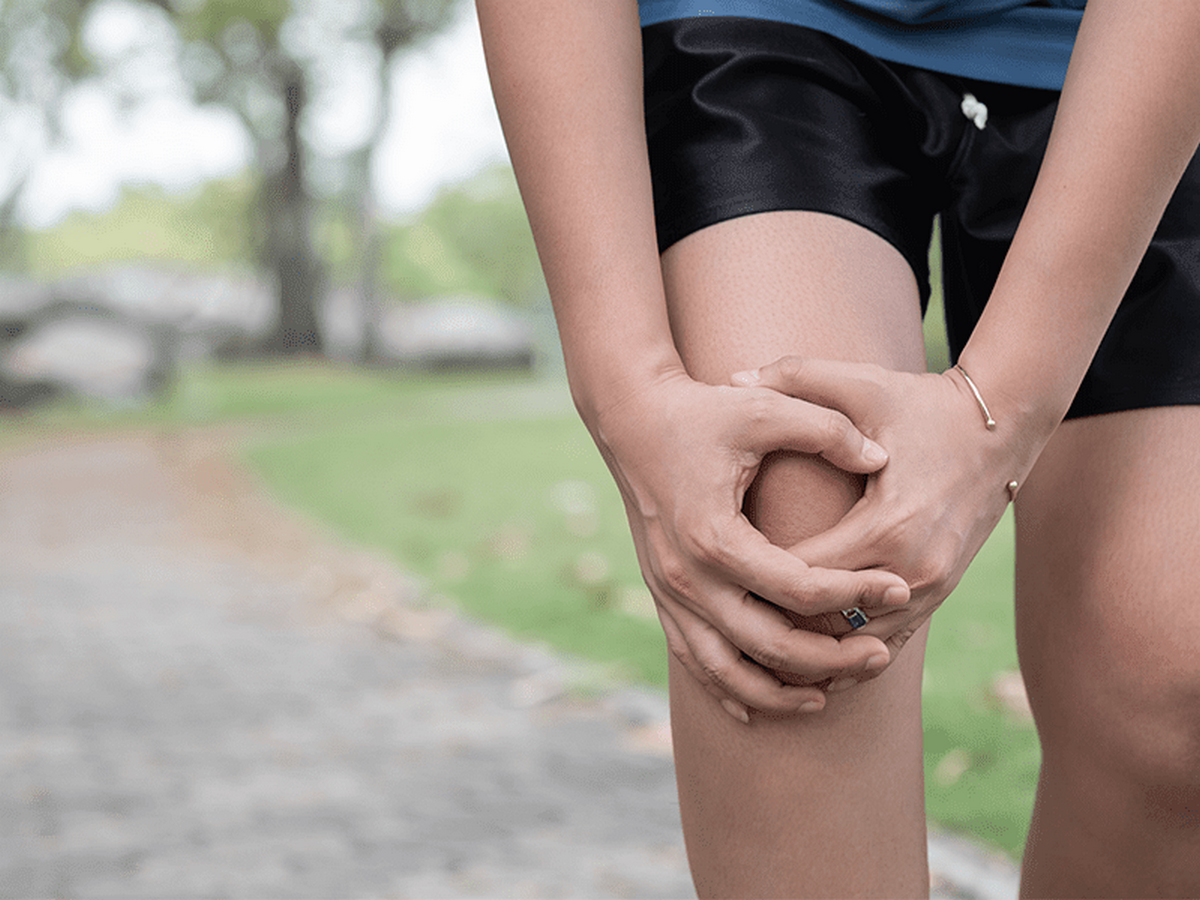
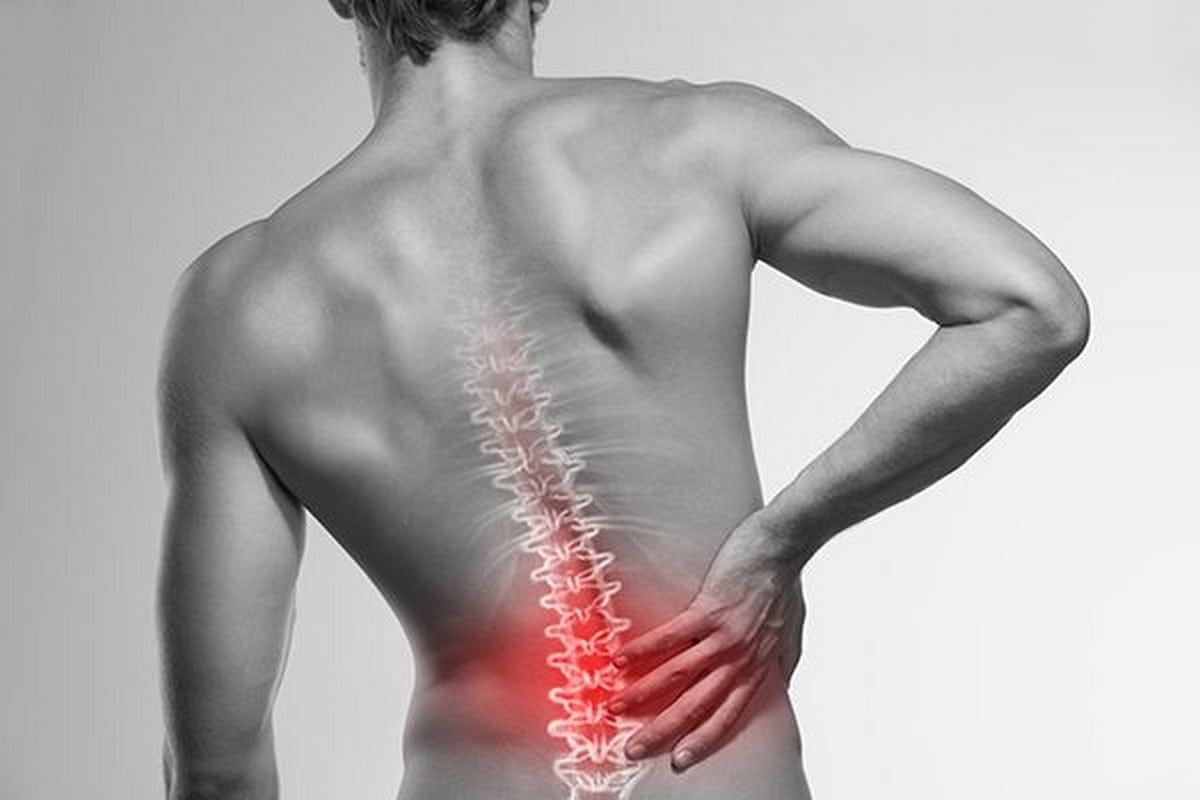


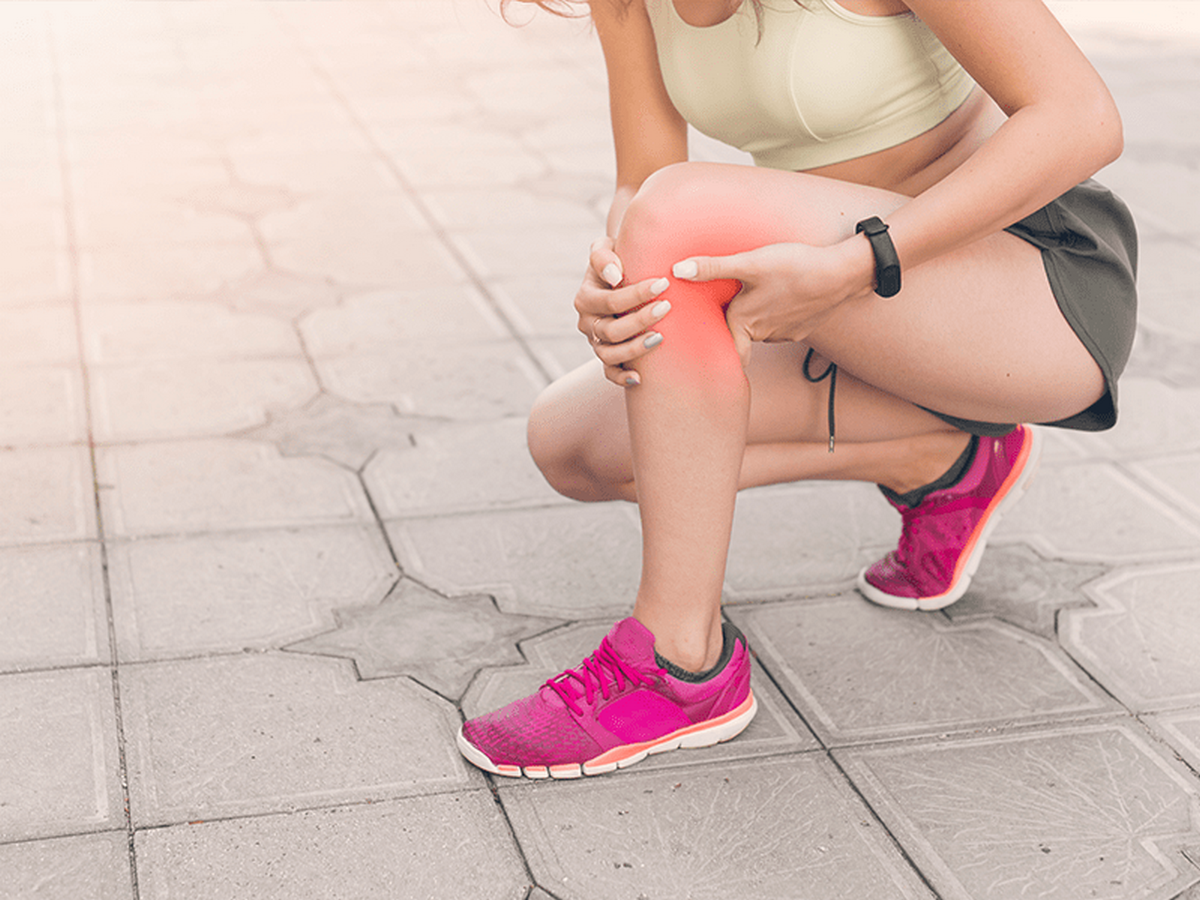


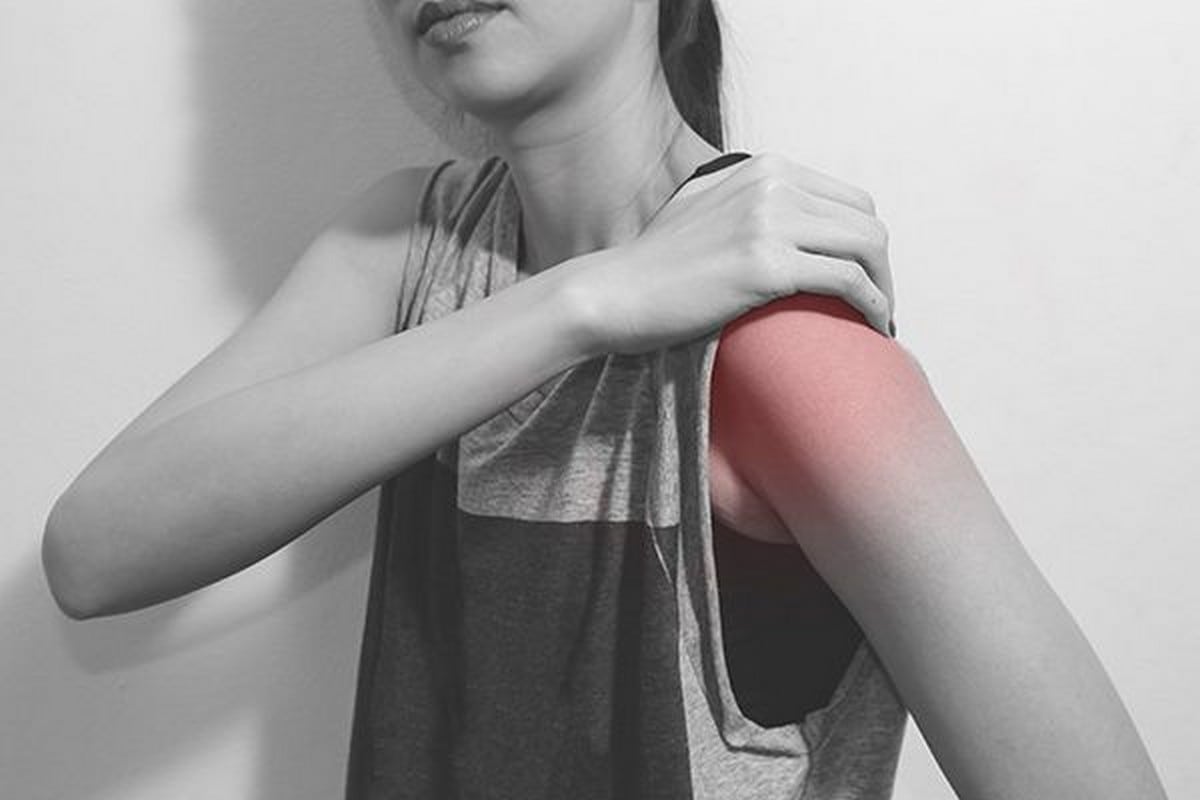



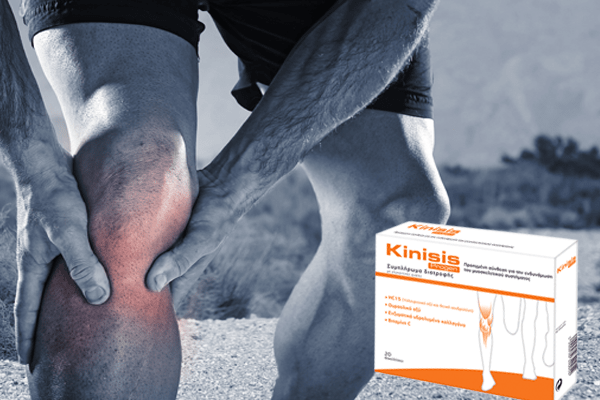






Leave a comment